Poor Game Mechanics in the Sonic the Hedgehog Series
- Reed Priest
- Dec 9, 2018
- 6 min read
Updated: Dec 11, 2018
Regarding how one assesses the merit of games, gameplay should be the central guiding factor. Certainly, other aspects such as cutscene quality, nostalgia, and plot can strongly contribute to a game’s appeal, but these additions would be diluted without strong gameplay. Gameplay separates games from other pieces of art, and should thus be predominantly considered in evaluating a gaming franchise. Many fans adore the Sonic the Hedgehog series, largely from its beautiful cutscenes, long history, and fast-paced gameplay. Such praise, however, is not necessarily warranted when the critical eye dissects the blue blur’s gameplay.
Background
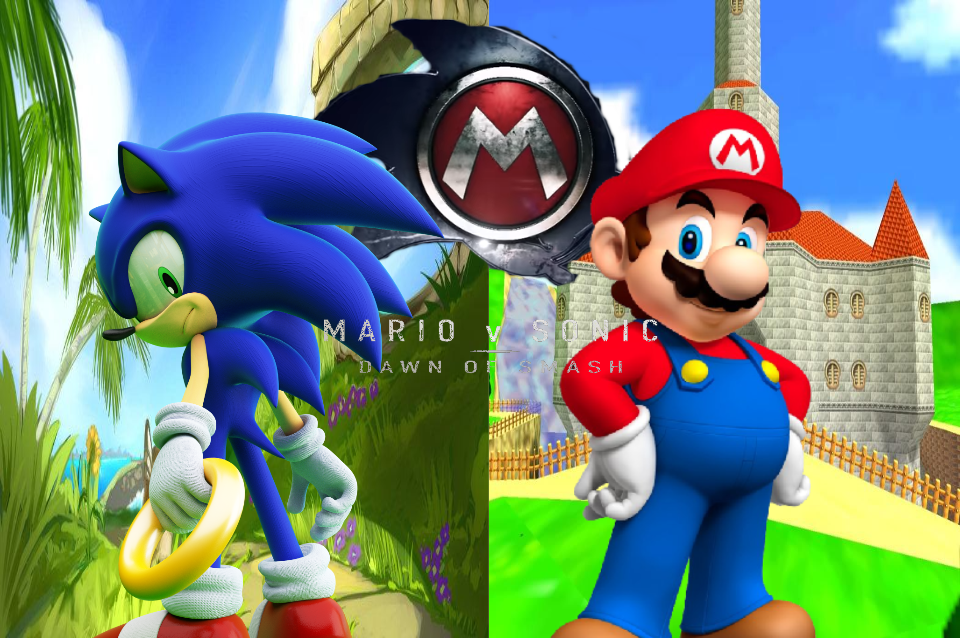
To combat the evergrowing popularity of the Mario franchise, the Sonic series initially incorporated both a cost-reduction and differentiation business strategy. These economic tactics aim to sell a product because of its cheapness in comparison to a leading competitor and to offer something slightly different from a leading competitor. In terms of the Sonic franchise, SEGA consoles were sold cheaper than Nintendo’s consoles, and included a copy of Sonic the Hedgehog. They also marketed Sonic as different from Mario because of his speed. SEGA advertisements directly compared the two, noting how Sonic was faster, and subsequently, more exciting. By capitalizing on speed as its core mechanic, this “poor man’s Mario” began its head-to-head clash with Nintendo’s star franchise.
Punishing the player for going fast
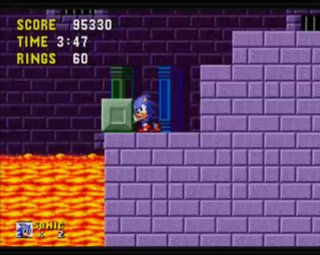
Despite Sonic’s catchphrase, “Gotta go fast,” its games endure a history of punishing the player for fast gameplay. This notion appears ironic, considering that speedy gameplay is the core gameplay mechanic. Unfortunately though, a combination of factors conflict with this core mechanic by punishing the player’s inherent desire for speedy gameplay. Consider Sonic the Hedgehog 2’s Chemical Plant level. After the freeform thrills of Green Hill Zone, this level ironically forces slow platforming onto the blue blur. The issue is that players cannot platform successfully while speeding through levels. Aside from the abundance of skill necessary to do so, the level has several moments of unavoidable waiting as blocks slowly float across lava. Slowing the player is a common and logical punishment in Sonic games; players experience a drop is speed when they run into enemies, for example. But requiring slow gameplay to progress through these lengthy platforming parts needlessly punishes the player. Boring and noncontributory, these required platforming moments sap player engagement and contradict with Sonic’s core mechanic of speed.
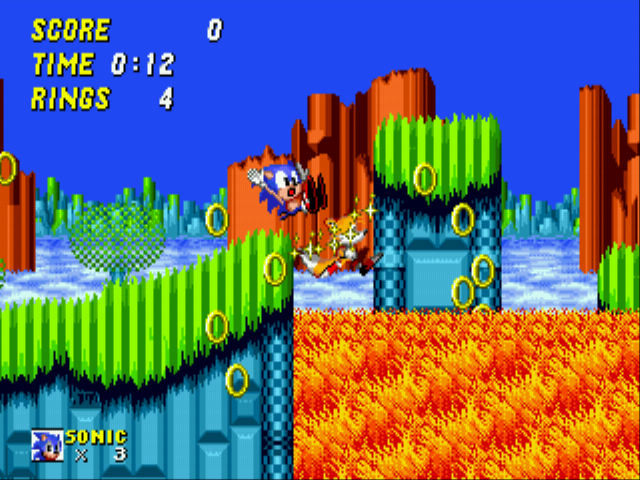
To worsen matters, Sonic 2 does not display gameplay on a widescreen, thereby making it impossible for the player to see and react to upcoming hazards. Stellar platformers like the clever Shovel Knight and the fast-paced Trials Fusion are both sidescrollers - just as Sonic 2 - who display upcoming events well in advance so that the player has time to perceive and react to them due to their widescreen display. Sonic 2, however, is limited by its screen’s almost square shape because players cannot cognitively perceive upcoming dangers and physiologically react before running into them. Thus, Sonic 2 once again needlessly punishes players. A spring in the Chemical Plant level, for instance, pushes speeding players into an instant death trap. Players cannot possibly react to this obstacle, and are thus unfairly punished by the game’s core mechanic of speed. Had upcoming parts of the stage been conveyed, Sonic 2 could keep its speedy gameplay as a challenge for players to react and avoid such obstacles. Sadly, though, the franchise’s overemphasis on speed lowers the player’s enjoyment by ironically punishing the player for embracing speed.
The game plays itself
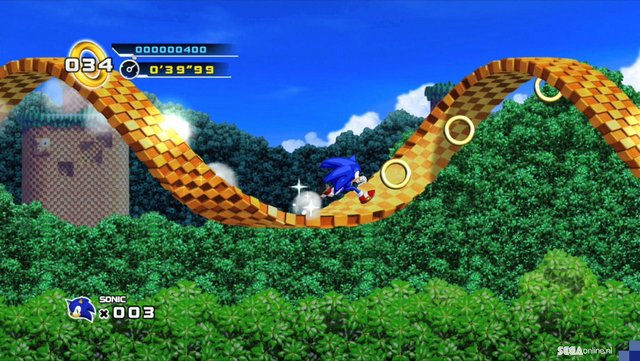
Defaulting to its core mechanic of speedy gameplay, Sonic games often incorporate visually stunning depictions of Sonic’s speed with no contributions to gameplay. These blurry moments aim to wow the player with Sonic’s potential zippiness. From the previously mentioned unfair punishments, however, is remains exceedingly difficult to execute such speed outside of these cutscenes. These speedy displays, then, cruelly taunt players who do not perfectly memorize stage layouts from repeated run-throughs. Furthermore, players cannot control Sonic during these speedy moments; the game plays itself. Much like Bowser Jr. using side+B in Super Smash Bros. Wii U, players experience an illusion of control. No button input alters Sonic’s gameplay during these visual displays, subsequently squandering the value of the player. Yet players should feel empowered by games, that they alone can control the protagonist to reach a desired goal. Such task identity results in heightened motivation, engagement, and satisfaction. Although intended to offer a striking visual, these many speedy sections ignore the player and incorporate no gameplay elements, thereby lessening the player’s role in Sonic games.
Unsuccessful motivation
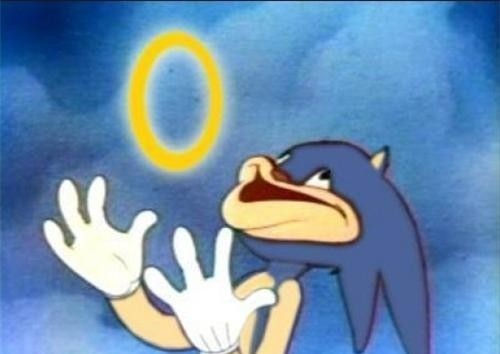
As the previous section mentioned, Sonic games occasionally diminish player motivation with some peripheral design choices. More problematically, however, Sonic games’ central mechanic to reward and protect players, the ring system, fails to motivate players. The Legend of Zelda series propels players due to the intrinsic motivation of exploration, the Mario series classically utilizes coins to generally motivate players for lives, yet the Sonic series’s rings do not sufficiently motivate strong gameplay. Rather than motivating the player to execute stellar gameplay by collecting many rings, the games reward poor gameplay by encouraging players to get only a few rings for safety while ignoring the rest.

This lack of drive in the player to execute strong gameplay lies in the choice of adopting ratio, as compared to modular, mathematics in rings. Ratio mathematics is a form of thinking where numbers start at an inherent zero and build to an upper limit. In Sonic games, the player increases their ring count from zero to an upper limit, and loses all of them upon getting hit. Alternatively, modular mathematics is a form of thinking where numbers start at an inherent zero and increase until they reset back to the inherent zero, such as with clocks. Time starts at 12:00, increases, and eventually resets back to 12:00. Mario games more effectively motivate players with their coins due to modular mathematics. Here, the player earns coins until the number resets, classically at 100 coins, where the player then earns a life and the coin counter goes down to zero.
An important distinction is that Mario does not lose all coins when he is hit. Thus, players are not motivated to keep one coin as protection, but to earn as many as they can to improve gameplay through extra lives. These lives are always at a reachable grasp due to modular mathematics, thereby continually motivating players to reach the benchmark of each extra life. Sonic, however, loses all rings when he is hit. Instead of earning enough rings to reach a benchmark where these rings are saved or utilized, all rings in storage are completely lost after one hit. Given how frequently Sonic runs into enemies, players are not motivated to dutifully build up their ring reserve for a high score; instead, players are motivated to keep a few rings as protection for when they get hit. Considering rings are the main Sonic series collectible, this widespread intention to collect only a few rings illustrates their sadly ineffective nature.
Glitches

For a gaming company’s main series, glitches are an embarrassment. Even worse is for a gaming company’s main series to be associated with glitches. Yes, the Sonic franchise has a long and depressing history with glitches, mostly in the transition from 2D to 3D gaming. This transition is jarring, and no easy feat. Yet over 20 years ago, Nintendo accomplished such with excellence through the paramount title Super Mario 64. Due to an abundance of glitches, SEGA has yet to develop 3D Sonic games with as high of quality as Mario games. Old and new Sonic games alike suffer from glitches, as players glitch through invisible walls, cheat game mechanics to jump infinitely, and run into unseen model traps which prevent Sonic from moving. The continual presence of these gitchy defects is shamefully unacceptable.
Failed attempts to diversity gameplay

In efforts to prevent the Sonic series from becoming stale, its series has endured a wide variety of gameplay diversity, few for the better. Sonic and the Black Knight bestowed the blue blur a sword to combat the armored King Arthur, Shadow the Hedgehog aimed for a grittier Sonic game with gun violence and demon invasion, Sonic Unleashed made Sonic a werewolf with elastic and extendable arms for platforming, and Sonic DX momentarily abandoned high octane racing for Big the Cat’s sedentary fishing sections. These examples illustrate how Sonic games aim for diverse gameplay, yet end with unnatural results that conflict with their core mechanic of fast gameplay. Such efforts are laughable considering how well the Mario series has diversified gameplay after its continual production of 2D side-scrollers. Mario Sunshine expanded Mario’s movement and platforming capabilities, Mario Galaxy’s gravity mechanic revolutionized 3D platforming, Super Mario 3D World introduced four player coplay as a main attraction enlivening platforming gameplay, and Super Mario Odyssey incorporated moons to continually incentivize player exploration through platforming. Despite these strong additions that all adhere to Mario’s core gameplay mechanic of precision platforming, the Sonic series still struggles to secure its gameplay footing.
Conclusion
Despite all of these negative aspects in the Sonic franchise’s gameplay, hope remains. The recent Sonic Mania encapsulates the best of Sonic’s 2D platforming; levels are smooth, gameplay is engaging, and many of the previous unavoidable death traps are removed. Can such quality exist in 3D Sonic games? While some garner admiration, such as Sonic Colors, almost all 3D Sonic games fail to capture the same flaire of 2D Sonic games. Because a ragtag group of indie developers not formally associated with SEGA could create Sonic Mania, then SEGA should be able to craft 3D Sonic games of consistently high quality. To do so, SEGA should revise these previously mentioned poor game mechanics, as they ultimately diminish the value of the Sonic series.



Comments